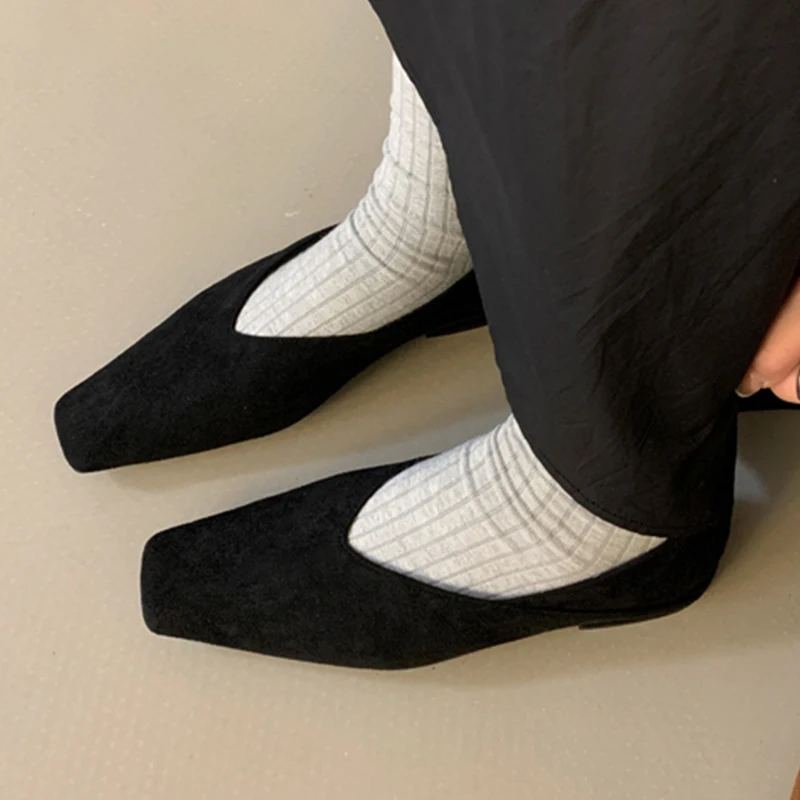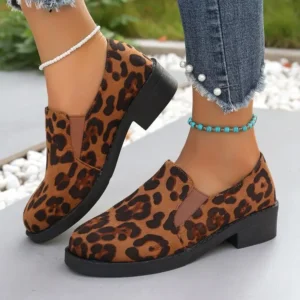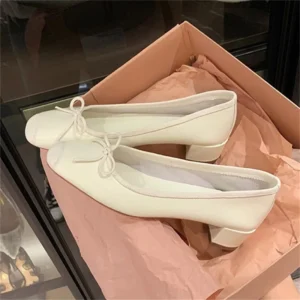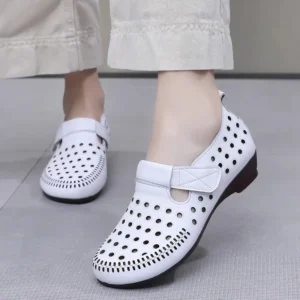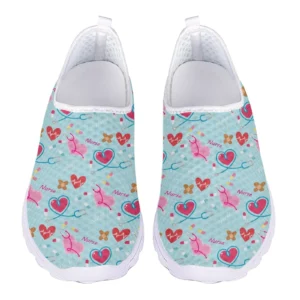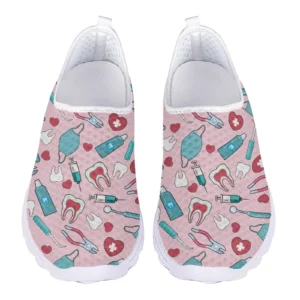Understanding Round Toe vs. Pointed Toe: The Essential Guide
Choosing between round toe and pointed toe shoes is one of the most fundamental decisions when shopping for footwear. This choice affects not just how your shoes look, but how they feel on your feet all day long. The shape of the toe box—that part of the shoe where your toes rest—plays a crucial role in determining comfort, foot health, and how your shoes complement your style.
Many shoppers find themselves torn between the classic comfort of round toes and the sleek sophistication of pointed designs. Some believe they must sacrifice comfort for style, while others worry that comfortable options won’t look polished enough for professional settings.
Understanding the differences between these two popular toe shapes can help you make smarter choices that balance your aesthetic preferences with your comfort needs. The right decision varies based on your unique foot shape, typical activities, and style preferences.
This comprehensive guide will help you navigate the pros and cons of both designs, providing practical advice for finding shoes that look great and feel even better. The principles outlined in comfortable round toe loafers can make a significant difference in your daily comfort and long-term foot health.
The Anatomy of Toe Box Design: Why Shape Matters
The toe box is the forward section of the shoe that houses your toes. Its design is far more important than many shoppers realize, as it directly impacts how your feet function throughout the day.
Your toes naturally want to splay (spread out) when you walk. A properly designed toe box accommodates this natural movement, allowing your toes to maintain proper alignment. When toes are compressed, several problems can occur:
- Restricted blood flow causing numbness and discomfort
- Uneven pressure distribution leading to pain points
- Compromised stability and balance
- Long-term issues like bunions or hammertoes
The relationship between toe shape and comfort is rooted in basic foot anatomy. Each of your toes plays a role in balance and movement. When they’re crowded together, your normal walking gait can be altered, potentially causing discomfort that extends beyond your feet to your ankles, knees, or even back.
The image above clearly shows how different toe box designs affect toe alignment. Round toe designs generally allow toes to maintain a more natural position, while pointed designs tend to compress toes inward, particularly at the sides.
Round Toe Shoes: Features and Benefits
Round toe shoes feature a curved, circular shape at the front that mimics the natural contour of the foot. This design philosophy prioritizes the foot’s natural anatomy, creating a harmonious relationship between the shoe and foot.
The comfort advantages of round toe designs are significant:
- Natural toe splay: Round toe boxes give your toes room to spread naturally when walking and standing
- Even pressure distribution: Weight is distributed more evenly across the forefoot
- Accommodating fit: Ideal for wider feet or those with conditions like bunions
- Reduced friction points: Less likely to create painful pressure areas
- All-day comfort: Better suited for extended periods of standing or walking
Beyond comfort, round toe shoes offer surprising versatility. From casual loafers to professional oxfords, the benefits of round toe loafers and similar styles translate across various footwear categories. They work exceptionally well for those with active lifestyles, standing-intensive jobs, or anyone prioritizing foot health.
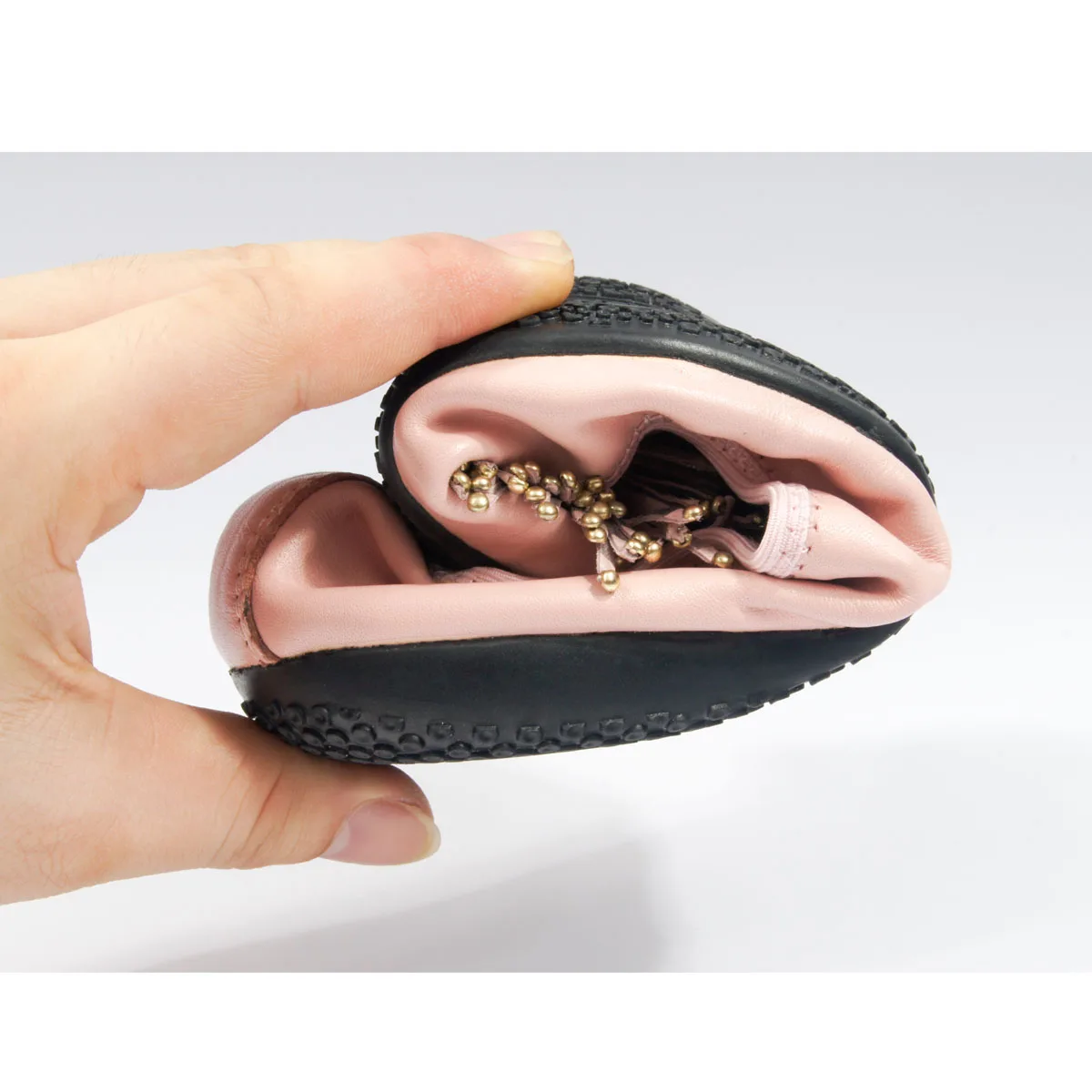
For those seeking a blend of comfort and style, exploring women’s round toe flat loafers can provide options that don’t force you to compromise on either front.
Potential Limitations of Round Toe Designs
While round toe shoes excel in comfort, they do come with certain style considerations. Some fashion enthusiasts find that round toes can appear less formal or sophisticated in certain contexts, particularly very traditional business or formal settings where elongated silhouettes have historically dominated.
The perception of round toes as casual isn’t always accurate—many high-end designers create elegant round toe options—but the visual profile does create a different effect than pointed designs. Round toes may not provide the leg-lengthening illusion that pointed toes are known for, which some wearers prefer for certain outfits.
Proportion is another consideration when pairing round toe shoes with different clothing styles. With voluminous or flowing garments, some find that the balanced shape of round toes creates less visual contrast than a pointed design might.
However, many of these limitations are being challenged by contemporary fashion that embraces comfort alongside style. Today’s comfortable flat loafers come in round toe designs that work beautifully with both casual and business attire.
Pointed Toe Shoes: Features and Style Impact
Pointed toe shoes feature a tapered design that narrows toward the front, creating a distinctive triangular or elongated shape. This design varies considerably in extremity—from subtly pointed to dramatically elongated.
The style advantages that have made pointed toe shoes enduringly popular include:
- Visual lengthening: Creates the illusion of longer legs, especially with skirts and dresses
- Sophisticated silhouette: Projects elegance and refinement in professional and formal settings
- Slimming effect: Visually narrows the foot and creates a sleeker profile
- Versatile pairing: Works exceptionally well with tailored clothing and structured garments
- Timeless appeal: Consistently relevant in fashion across decades
Pointed toe designs particularly excel in professional environments where a polished appearance matters. The psychological impact shouldn’t be underestimated—many wearers report feeling more confident and put-together in pointed styles that convey intention and sophistication.
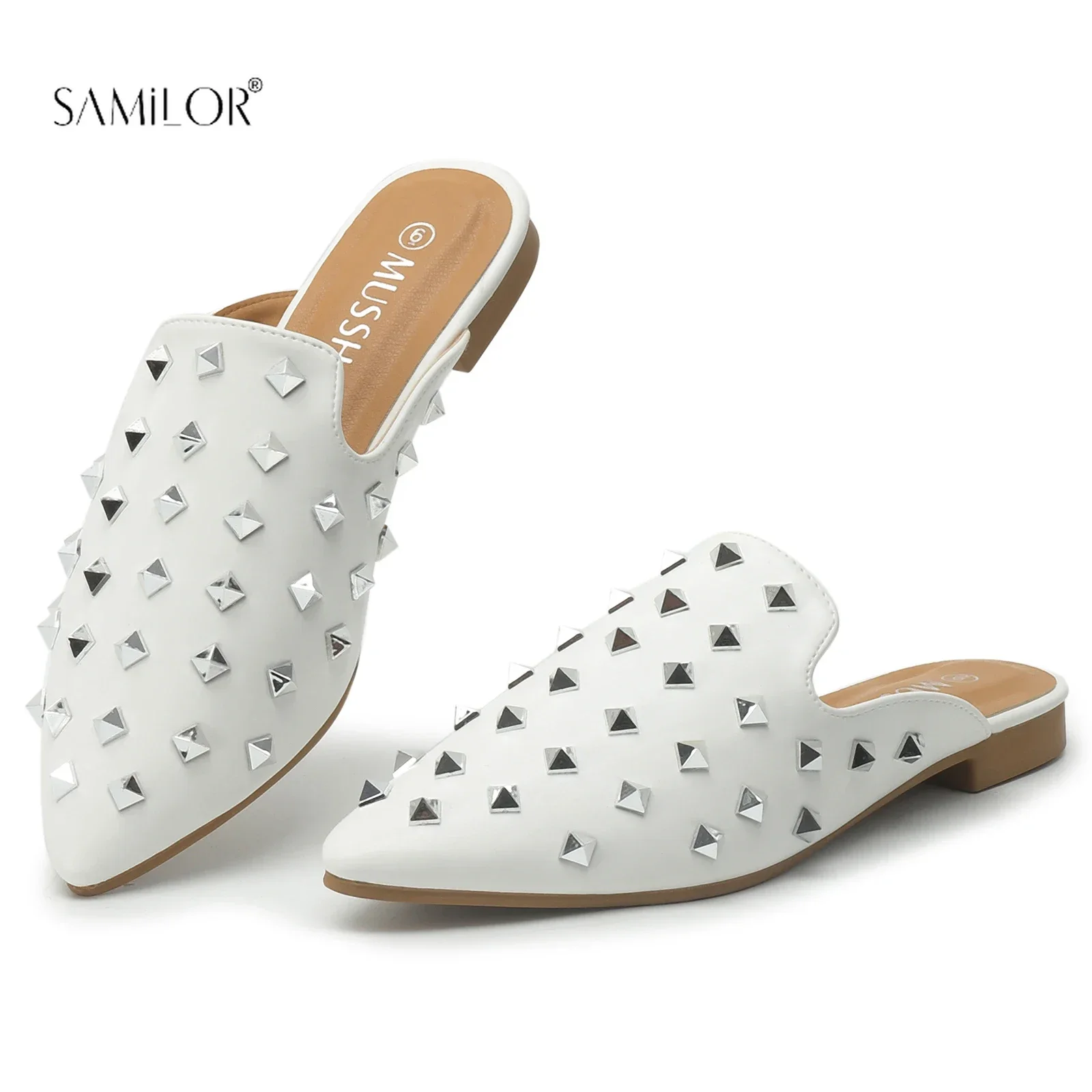
Understanding why pointed toe loafers remain a popular choice helps explain their enduring appeal despite potential comfort tradeoffs. For those interested in exploring these elegant options, women’s pointed toe flat loafers offer a blend of sophistication and walkability.
Comfort Considerations with Pointed Toe Shoes
While pointed toe shoes offer undeniable style benefits, they present unique comfort challenges due to their tapered design. Understanding these challenges helps you make informed choices and take steps to minimize discomfort.
The fundamental issue with pointed designs is that human toes aren’t naturally pointed. When placed in a pointed toe box, your toes may be compressed together and pushed forward into the narrowest part of the shoe. This can lead to:
- Pressure on the sides of the big toe and little toe
- Crowding of middle toes, potentially causing overlap
- Concentrated pressure at the tip where toes meet the shoe
- Restricted movement and natural splaying
Many pointed toe wearers find that proper sizing is crucial—sometimes sizing up by half a size can provide needed relief. Material selection also significantly impacts comfort; softer, more flexible leathers and materials with some give will conform better to your foot over time.
Learning how to wear loafers without hurting feet becomes particularly important with pointed styles. Strategic approaches like limiting wear time, using toe cushions for pressure points, and gradually breaking in new shoes can help maximize comfort while enjoying their aesthetic benefits.
Head-to-Head Comparison: Round vs. Pointed Toe
To help you make an informed decision, let’s compare round and pointed toe styles across several key factors:
| Factor | Round Toe | Pointed Toe |
|---|---|---|
| Toe Box Space | Spacious, allows natural toe splay | Restricted, compresses toes together |
| Comfort Duration | Typically comfortable for all-day wear | Often better for shorter wear periods |
| Sizing Considerations | Usually true to size | May require sizing up 1/2 size |
| Width Accommodation | Better for normal to wide feet | Better for narrow to normal feet |
| Pressure Points | Minimal pressure points | Potential pressure at sides and tip |
| Visual Effect | Natural foot shape, balanced look | Elongated, slimming effect |
| Style Versatility | Casual, business casual, relaxed formal | Business, formal, fashion-forward |
| Movement Comfort | Superior for walking, standing | Better for seated or limited movement |
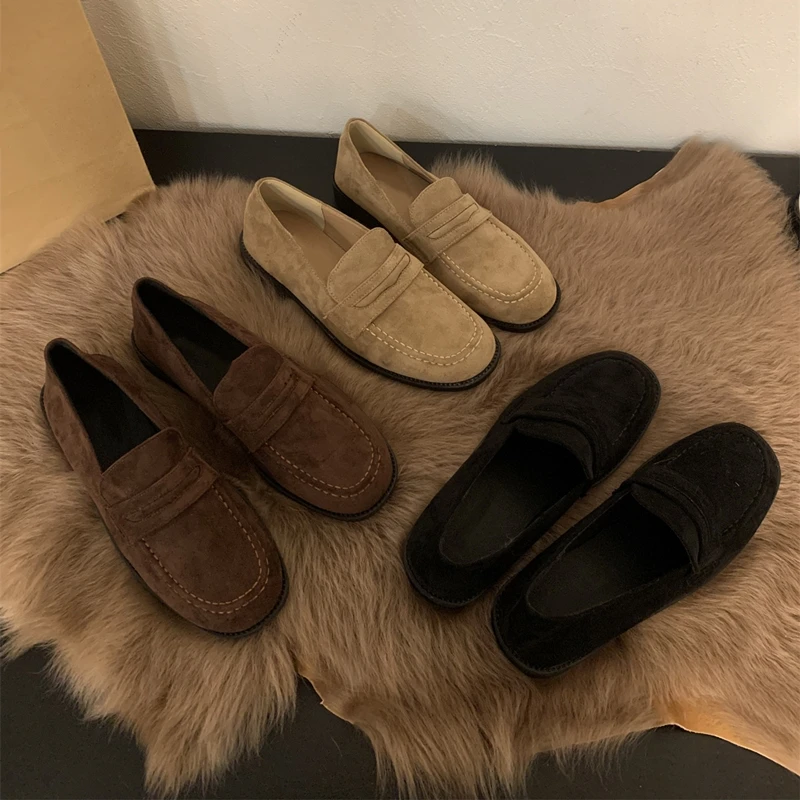
When considering various toe shapes, many shoppers also explore options between these two extremes. Understanding how square toe designs compare to round toe styles can provide additional perspectives on finding your ideal balance between comfort and fashion.
Finding Your Perfect Fit: Practical Shopping Guidelines
Regardless of which toe shape you prefer, finding the right fit is essential. Follow these practical guidelines when shopping:
- Measure your feet late in the day when they’re naturally at their largest due to normal swelling
- Stand during measurement to ensure weight-bearing dimensions are captured
- Check width as well as length since toe box issues often relate to width constraints
- Try the “thumb test” – you should have roughly a thumb’s width of space between your longest toe and the shoe’s end
- Walk around the store to assess comfort in motion, not just standing
- Pay attention to pressure points that might become painful after extended wear
- Consider your specific foot shape – if you have wide toes but narrow heels, prioritize toe box comfort
For pointed toes specifically, be prepared to size up by half a size, especially if you have wider feet. The material matters tremendously; look for soft, flexible options that will conform to your foot over time.
Finding comfortable round toe loafers often requires less compromise between size and comfort. Some shoppers prefer exploring middle-ground options like women’s square toe flat loafers which offer more toe room than pointed styles while maintaining a sophisticated look.
Women's Comfortable Flat Loafers, Women's Leopard Print Loafers, Women's Low Heel Loafers
$82.50 Select options This product has multiple variants. The options may be chosen on the product pageWomen's Block Heel Loafers, Women's Square Heel Loafers, Women's Square Toe Flat Loafers
Price range: $73.61 through $86.41 Select options This product has multiple variants. The options may be chosen on the product pageWomen's Comfortable Flat Loafers, Women's Leather Flat Loafers, Women's Round Toe Flat Loafers
$124.88 Select options This product has multiple variants. The options may be chosen on the product pageWomen's Classic Driving Loafers, Women's Classic Penny Loafers, Women's Comfortable Flat Loafers
$75.28 Select options This product has multiple variants. The options may be chosen on the product pageWomen's Black Flat Loafers, Women's Classic Penny Loafers, Women's Comfortable Flat Loafers
$75.28 Select options This product has multiple variants. The options may be chosen on the product pageWomen's Block Heel Loafers, Women's Leather Heeled Loafers, Women's Square Toe Flat Loafers
$109.84 Select options This product has multiple variants. The options may be chosen on the product page
When shopping online, carefully review sizing guides and customer reviews about fit. Many quality brands like Artisan Haul provide detailed sizing information to help you make informed decisions without trying shoes on first.
Foot Health Considerations: Minimizing Risks
Your choice of toe box shape can significantly impact foot health over time. Being aware of potential issues allows you to make choices that minimize risks while still enjoying your preferred styles.
Bunions and Hallux Valgus
Tight toe boxes can contribute to bunion development or worsen existing conditions. Round toe styles typically create less pressure on the big toe joint, reducing inflammation risks. If you’re prone to bunions, look for shoes where toe shape dictates comfort through adequate width at the forefoot.
Hammertoes and Toe Deformities
When toes are consistently compressed, they may begin to curl unnaturally. Pointed shoes that force toes into unnatural positions can accelerate this process, particularly when worn daily for extended periods.
Corns and Calluses
These painful hardened skin formations develop in response to friction and pressure. They commonly appear on toe knuckles and sides when shoes consistently rub against these areas. Adequate toe box space significantly reduces this risk.
Morton’s Neuroma
This painful nerve condition can develop when toes are compressed, particularly between the third and fourth toes. Symptoms include burning pain, numbness, and the sensation of standing on a pebble. Wide toe boxes can help prevent this condition or provide relief if it’s already present.
Warning signs that your shoes may be causing problems include:
– Numbness or tingling in toes
– Persistent redness in specific areas
– Pain that subsides when barefoot
– Developing calluses or corns
– Toe alignment changes
Debunking Common Myths About Toe Shapes
Several persistent myths can mislead shoppers when choosing between round and pointed toe styles:
Myth: Round toes are always more comfortable than pointed toes
Fact: While round toes generally offer more space, a poorly made round toe shoe can still cause discomfort. Quality construction and proper sizing matter regardless of shape. Some people with naturally narrow, tapered feet may actually find certain pointed styles more comfortable.
Myth: You can break in any pointed toe shoe to become comfortable
Fact: While leather shoes will mold somewhat to your foot over time, the fundamental shape constraints of a pointed toe box cannot completely change. Materials can soften, but the geometric limitations remain.
Myth: Pointed toes are always bad for your feet
Fact: Occasional wear of well-fitted pointed toe shoes is unlikely to cause long-term problems. Issues arise primarily from consistent daily wear of overly constrictive styles. Women’s leather flat loafers with slightly pointed designs can provide a good balance.
Myth: Round toes are always casual or less stylish
Fact: Many luxury and designer brands create sophisticated round toe options for business and formal wear. The perception of round toes as less elegant is increasingly outdated as comfort-focused fashion gains prominence.
The truth lies in finding quality shoes with appropriate proportions for your specific feet, rather than making blanket judgments about toe shapes.
Style Guide: How to Wear Both Toe Shapes Effectively
Both round and pointed toe styles can be incorporated effectively into your wardrobe with strategic styling approaches.
Styling Round Toe Shoes:
– Pair with straight-leg or wide-leg pants to create balanced proportions
– Use with A-line skirts and dresses for a cohesive silhouette
– Embrace their natural harmony with casual and business-casual outfits
– Consider darker colors or interesting textures for more formal occasions
– Look for polished details like hardware or fine stitching to elevate the style
Styling Pointed Toe Shoes:
– Maximize their lengthening effect with skirts and dresses at or above the knee
– Use with cropped or ankle-length pants to showcase their elegant shape
– Consider them a natural match for tailored clothing and structured pieces
– Allow them to be a sophisticated foundation for simple, minimalist outfits
– Use them to add refinement to casual pieces like jeans or casual dresses
For optimal foot health and style versatility, consider alternating between shapes rather than wearing the same style daily. This not only gives your feet a break from specific pressure patterns but also extends the life of your shoes.
Finding comfortable stylish round toe loafers doesn’t mean sacrificing appearance. Today’s designs include refined round toes that work beautifully for professional environments while still prioritizing comfort.
Making the Best Choice for Your Individual Needs
The ideal choice between round and pointed toe shoes ultimately depends on your unique combination of needs, preferences, and foot characteristics. Consider these key factors when deciding:
Your Foot Anatomy
– Wider feet generally feel more comfortable in round or square toe designs
– Narrow feet may find pointed styles accommodate their shape naturally
– Existing foot conditions like bunions usually require more generous toe boxes
– High arches or flat feet may influence how pressure is distributed in different designs
Your Typical Activities
– Standing-intensive jobs benefit from the comfort of round toe designs
– Limited-movement settings (like seated office work) make pointed toes more practical
– Active lifestyles generally align better with roomier toe boxes
– Special occasions may warrant prioritizing style over all-day comfort
Your Style Priorities
– Professional environments with formal expectations might favor pointed styles
– Creative or casual workplaces offer more flexibility for comfortable options
– Personal aesthetic preferences should be balanced with practical needs
– Wardrobe coordination may influence which shapes work best with existing clothes
Understanding foot-friendly loafer design principles can help you evaluate options more effectively. Remember that quality construction and materials significantly impact comfort regardless of toe shape.
The best approach for many is building a versatile collection that includes both styles, allowing you to choose appropriate footwear based on the specific demands of each day or occasion. This balanced approach honors both your style aspirations and your body’s need for comfort and proper function.

